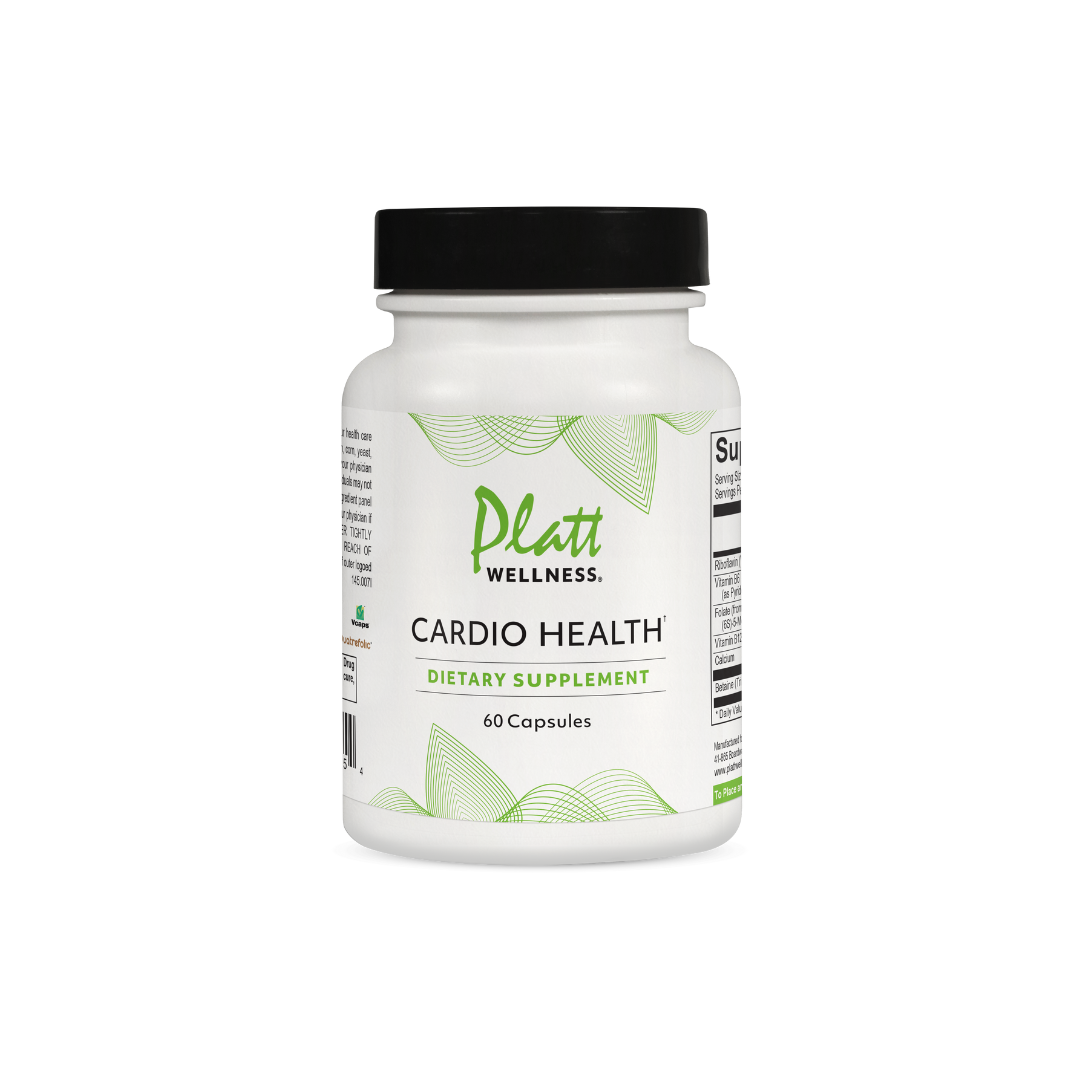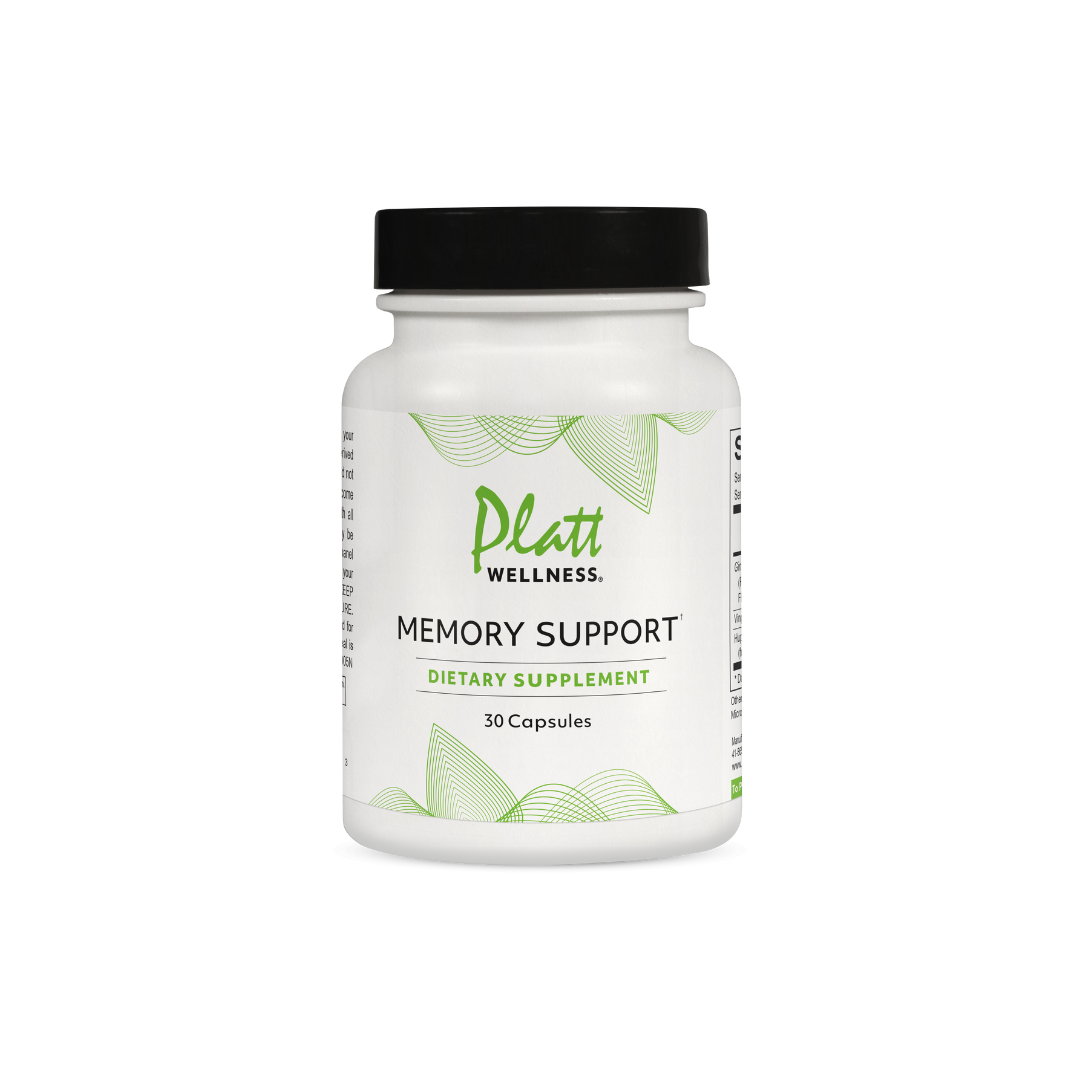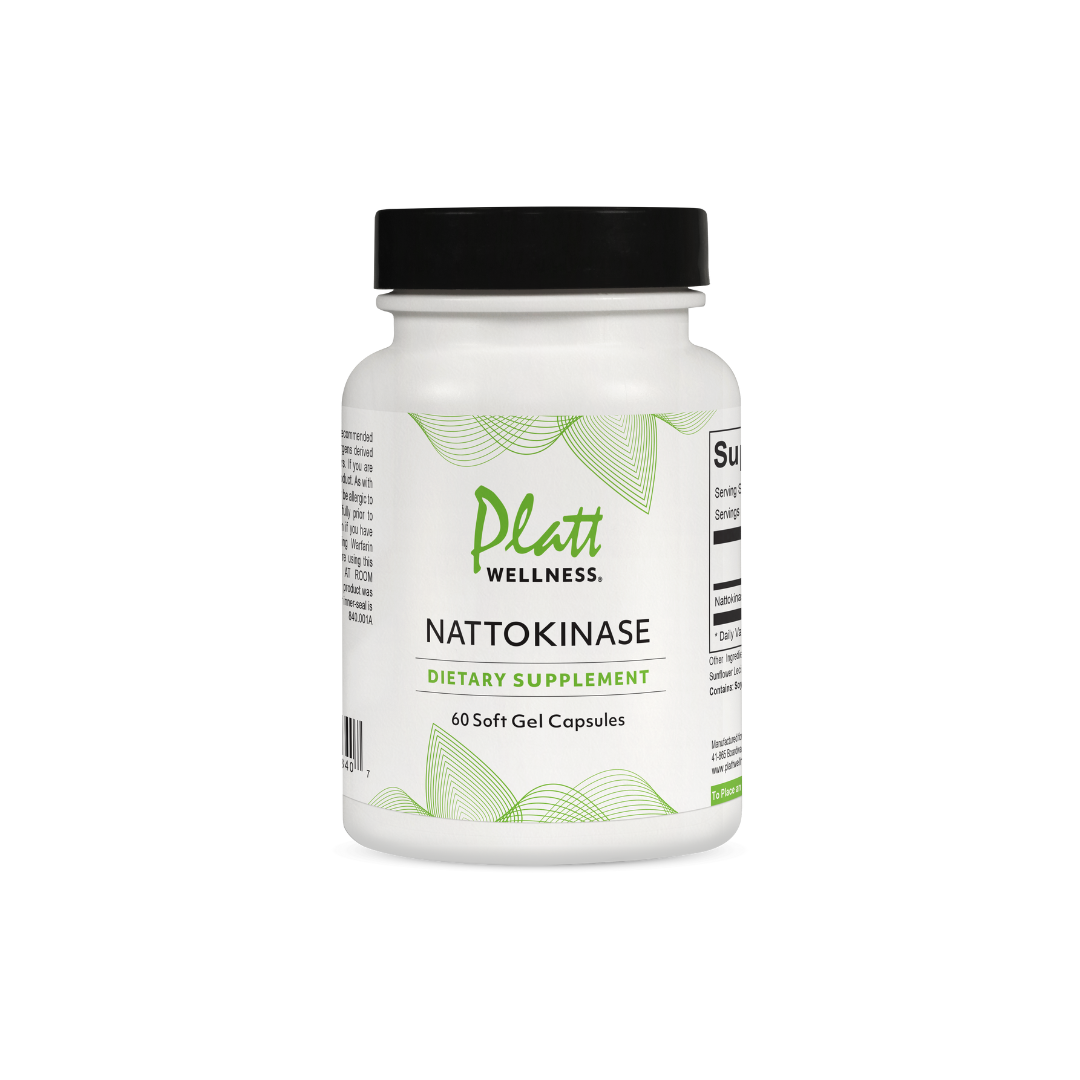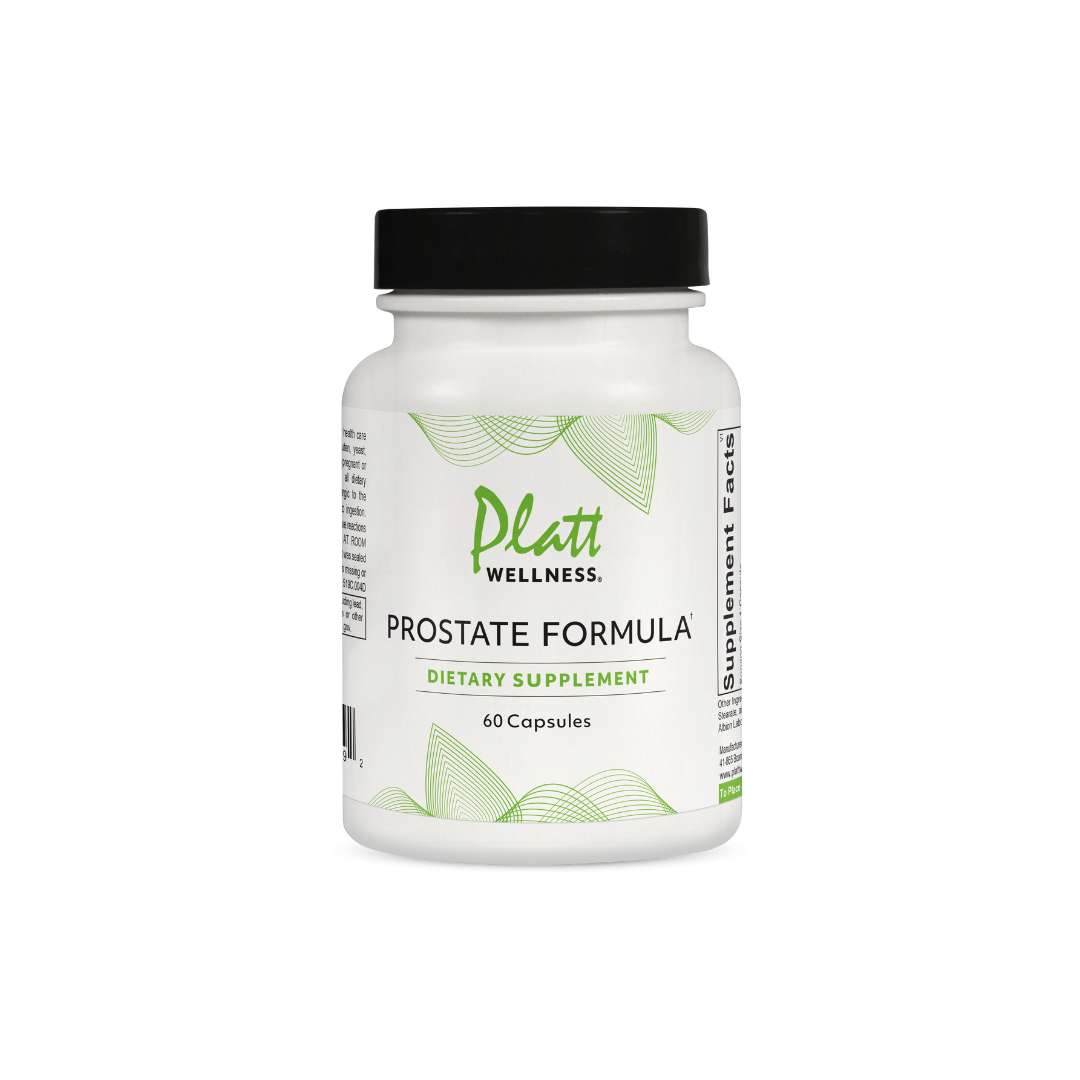Progesterone is a hormone that is present in both sexes. The purpose of this article is to provide the reader with a clear understanding of the various roles that progesterone plays. In this regard, it is necessary to differentiate between natural, bio-identical progesterone and synthetic progestogens. Bio-identical progesterone is identical to the progesterone produced in the body. Progestogens are synthetic, and are the ones that are found in birth control pills, hormonal IUD’s, and drugs like Provera. Progesterone receptors will not transport progestogens to the nucleus of a cell and thereby they can never duplicate the action of natural progesterone.
Hormones are chemical messengers that control every system in the body. The action of a hormone takes place when it reaches the nucleus of a cell. In order to reach the nucleus, a hormone has to attach to a hormone receptor site specific to that hormone. The hormone receptor then transports the hormone to the nucleus. In the case of progesterone, depending on the type of cell, it will then enhance the particular function of that cell. For example, if it is a bone cell, progesterone will help to make new bone cells.
Anti-estrogen effects:
Progesterone is probably best known as an anti-estrogen hormone. Estrogen can in some ways be considered a toxic hormone. It is responsible for causing cramps and PMS in women, as well as fibroids, endometriosis, fibrocystic disease of the breast, and PCOS. It is also responsible for menstrual migraines, asthma, gallbladder disease, and cellulite. As a lipogenic (fat-creating) hormone, it puts on fat around the hips, buttocks, and thighs. It is responsible for morning sickness that often occurs during the first three months of pregnancy. In addition, estrogen can cause six different cancers in women – the breast, uterus, ovaries, vagina, cervix, and colon. It is also the cause of breast cancer and prostate cancer in men.
Progesterone cream, when utilized correctly, prevents every one of the aforementioned problems. Unfortunately, we live in a country where preventive medicine is not allowed. Instead, you have women running around with pink ribbons symbolizing ‘breast cancer awareness’. Would it not make more sense to espouse breast cancer prevention that can be easily obtained simply by using progesterone cream?
Anti-insulin effects:
Another major benefit of progesterone cream is the effect it has on insulin. It appears to block the effect of insulin, possibly by blocking insulin receptor sites on cells. As a result, utilizing progesterone cream prevents the occurrence of hypoglycemia which is often found after eating, or between 3 and 4 PM, and also when people are driving. These are the classic times that people can experience sleepiness.
This ability to prevent insulin from putting sugar into cells has important implications, such as possibly preventing type II diabetes. It may also be effective for preventing many of the complications of diabetes that can often be attributed to insulin, such as diabetic neuropathy. Another factor to consider is that insulin is the hormone that puts on fat around the middle. This is especially noticeable in men after the age of 50, which is the age they stop producing progesterone.
Anti-adrenaline effects:
A third major area demonstrating the importance of progesterone is that it helps to block the effects of adrenaline. It may possibly do this by blocking adrenaline receptor sites. Those people who have high levels of adrenaline will often feel relaxed within 2 to 3 minutes of applying progesterone cream, and will also be able to focus better.
This ability to help control adrenaline makes progesterone a true wellness hormone. In women, the largest area of progesterone receptor sites is in the limbic area of the brain. This is the part of the brain that controls emotions. This particular area is the one most closely involved with violence and rage when there is excess adrenaline in the brain. This is clearly recognized in a condition called PMDD – premenstrual dysphoric disorder – which is found in about 5% of women who are menstruating. It is manifested by severe mood swings and severe anger issues, usually occurring 10 days out of the month.
Because of its ability to help control adrenaline, one can see how important progesterone can be for a condition like this. It is also likely that the mass killings such as those that have occurred in schools, etc., might also be prevented with use of progesterone to eliminate adrenaline-induced rage.
Adrenaline is known as the “fight or flight” hormone, and is released during periods of danger. However, excess levels can also be released during the day and night which can result in anger, road rage, insomnia, restless leg syndrome, and teeth grinding. When anger is internalized, it can lead to depression, anxiety, fibromyalgia, IBS, as well as other problems. As a neurotransmitter in the brain, adrenaline causes the mind to race which can lead to problems with focusing – i.e. ADHD or brain fog. In more extreme cases, it can result in PTSD, bipolar disorder, or autism.
Excess adrenaline gives people an urge to urinate, resulting in a condition often referred to as an overactive bladder. Along these same lines, adrenaline is responsible for a condition called chronic interstitial cystitis, a devastating condition manifested by severe bladder pain 24 hours a day. It also causes bedwetting in children.
Other conditions caused by excess adrenaline include: hyperemesis gravidarum (a condition manifested by vomiting throughout all nine months of pregnancy), leg cramps at night, hot flashes, elevated blood pressure, cold hands and feet, cyclical vomiting syndrome, TMJ, ringing in the ears, headaches, drug addiction and/or alcoholism.
Weight Gain:
As everyone knows, concerns about weight are exceptionally common. Perhaps the most frequent unrecognized cause of weight gain can occur when people have excess adrenaline. In order to understand this last statement, it is necessary to understand why the body is producing excess adrenaline. Thousands of years ago, the only time the body released adrenaline was during periods of danger. As soon as the danger passed, the body immediately stopped producing the adrenaline. Nowadays, however, people are often producing excess adrenaline all day and all night and they are not in danger. The reason for this is that the body is using adrenaline to raise sugar levels for the brain via a process called gluconeogenesis. Many people do not realize that the brain utilizes more sugar than any other part of the body, and that the brain cannot function without sugar. When sugar is taken away from the brain, the brain falls asleep. From a survival standpoint, the body always wants to make sure the brain can function. Because of this, any time the body detects the brain has run out of fuel it puts out adrenaline to help fuel the brain by raising sugar levels. People that toss and turn at night, or grind their teeth, or get up to urinate, are having issues caused by excess adrenaline. If these people wind up producing more sugar than they can burn up, the excess sugar winds up being stored as fat inside fat cells. In other words, they are gaining weight while they’re sleeping.
From a weight standpoint, progesterone cream can benefit in a number of ways. It not only blocks adrenaline, it also helps to prevent the production of adrenaline. In addition, it blocks insulin, the hormone that creates fat around the middle. Compared to estrogen, which is a lipogenic (fat-creating) hormone, progesterone is a thermogenic hormone that helps fat to burn. Another consideration is that progesterone helps the body manufacture thyroid, which is the hormone that controls metabolism in every cell of the body.
The control of adrenaline and help with weight loss can only be accomplished by providing the brain with the fuel that it requires and also by using progesterone cream correctly. The two best fuels for the brain are green vegetables and coconut oil. We have a free diet guideline download.
The 16 Benefits of 5% Progesterone Cream:
- It is a natural antidepressant aka “happy hormone”
- Prevents drowsiness between 3-4 p.m. and while driving
- Helps people to sleep through the night
- Eliminates leg cramps in about 40-50 seconds
- Eliminates anxiety, anger and road rage
- Eliminates tinnitus (ringing in the ears)
- Eliminates menstrual migraines within three minutes.
- Eliminates asthma
- Helps children (and adults) with ADHD/ADD to focus
- Helps women to conceive and/or to prevent a miscarriage
- Eliminates menstrual cramps, PMS as well as AM sickness
- Helps to prevent breast cancer and prostate cancer
- Helps to eliminate diabetic neuropathy in the feet
- Helps to eliminate fibromyalgia, IBS and RLS
- Eliminates colic in babies within minutes
- Urinary Incontinence and bet-wetting in children
Please note: Every condition mentioned so far can benefit from using a high strength 5% progesterone cream. In addition, there are a number of other conditions that can be helped as well. For example, it can be used to help infertile women get pregnant, it can prevent or treat postpartum depression, and it can help eliminate diabetic neuropathy. Progesterone is also the treatment of choice for traumatic brain injuries.
Final thoughts:
Please keep in mind that progesterone is a universal hormone that provides benefits to both males and females of all ages.
In children, it can help with both autism as well as ADHD.
In teenage girls and premenopausal women, it can eliminate menstrual cramps, PMS, menstrual migraines, asthma, and breast tenderness. In addition, it can prevent fibroids, endometriosis, fibrocystic disease of the breast, and ovarian cysts.
For women in the menopause, it can eliminate hot flashes, prevent and treat osteoporosis, and help restore the libido.
I will not repeat all the conditions previously listed that progesterone can help with. But allow me to explain why the true benefits of progesterone are almost unknown. To begin with, doctors receive almost no information about hormones during their training. Unfortunately, this includes gynecologists. They treat all problems with either a synthetic estrogen or a synthetic progestogen. Unfortunately, endocrinologists are not much better, relying only on synthetic hormones in their practice. Drug companies have never encouraged natural hormones because they cannot patent natural products.
Part of the reason for the lack of appreciation of the myriad benefits of progesterone might possibly be attributed to John Lee, M.D. His recommendation to use only a 2% progesterone cream was based on his erroneous assumption that women only produce 20 mg a day of progesterone following ovulation. In actuality, in order to achieve a normal level of 26 – 28 ng of progesterone at day 21 of a woman’s cycle, the ovary has to be putting out several hundred milligrams of progesterone a day, if not more.
Going one step further, during pregnancy, the placenta pours out progesterone and the level of progesterone in the second and third trimester goes up to 460 ng – a level that the fetus gets exposed to for about six months – an amount necessary for brain growth. Certainly, if a fetus can tolerate this level of progesterone, one has to assume that this is an extremely safe hormone.
In reality, the true pioneer with regard to progesterone has to be Katharina Dalton, who was a general practice doctor in England. Back in the 1950s, she started treating women with a condition that she called PMS. However, based upon her description of these women, they most likely had PMDD, a condition I mentioned earlier.
This particular condition is associated with high levels of adrenaline, the actual cause of many of the symptoms of anger and mood swings that these women exhibit. She made the observation that progesterone receptors cannot deliver progesterone into the nucleus of cells in the presence of adrenaline. Without reaching the nucleus of the cell, progesterone cannot cause the desired reaction. She correctly surmised at the time that for progesterone to be effective, the level of adrenaline had to be reduced. To accomplish this, she stated that hypoglycemia had to be avoided in order to prevent the release of adrenaline to raise sugar levels for the brain. As emphasized earlier, progesterone can be used to prevent hypoglycemia by its ability to control insulin.
Dr. Dalton treated thousands of women. Her routine dosage was often 800 mg a day of progesterone. She was adamant that the dose of progesterone had to be at least 50 mg in order to get the progesterone receptor sites to accept the progesterone. The 20 mg (2%) dose suggested by John Lee may have helped some women with cramps or possibly breast tenderness but would not be strong enough to achieve the more important benefits of progesterone.
She ran into strong opposition from a medical community who worshiped at the altar of traditional medicine. She objected to the fact that they refused to accept observation-based medicine; similar to the doctors of today, they only respected evidence-based medicine. The history of medicine has been based on observation. I suspect that progress in medicine has been delayed at least 50 years because of the inability of doctors to accept any ideas except those promoted by drug companies in their overtly falsified studies.
On the positive side, people are beginning to become more proactive about their health. They are learning that treating the cause of illness is far beyond the knowledge of most healthcare practitioners. Although progesterone has been available for over 70 years, the true benefits are virtually unknown to the medical community.
Platt Wellness Metabolic Solutions, Inc. provides superior hormone creams and supplements to support hormone balancing. The philosophy is based on Dr. Michael E. Platt's advanced approach to observational, functional, alternative, and allopathic medicine, focusing on bio-identical hormones and adrenaline overload. He has written three books, "The Miracle of Bioidentical Hormones," "Adrenaline Dominance," and "Platt Protocol," which have received 11 literary awards.




